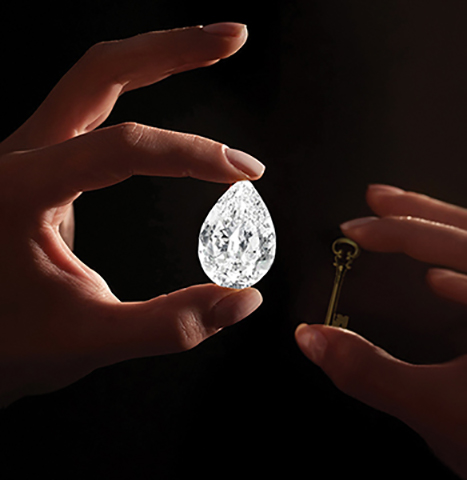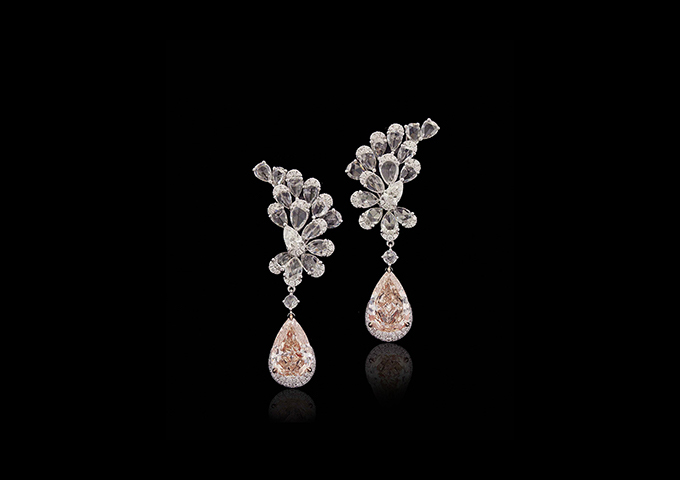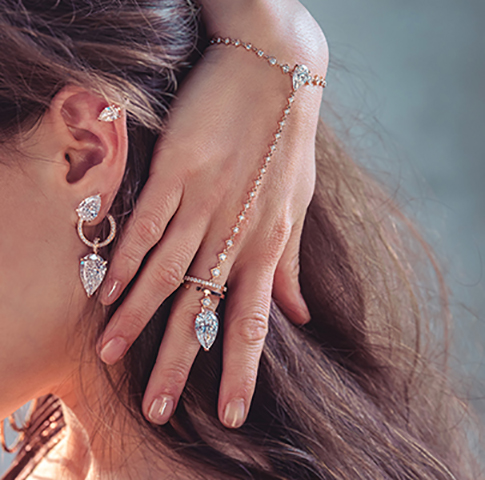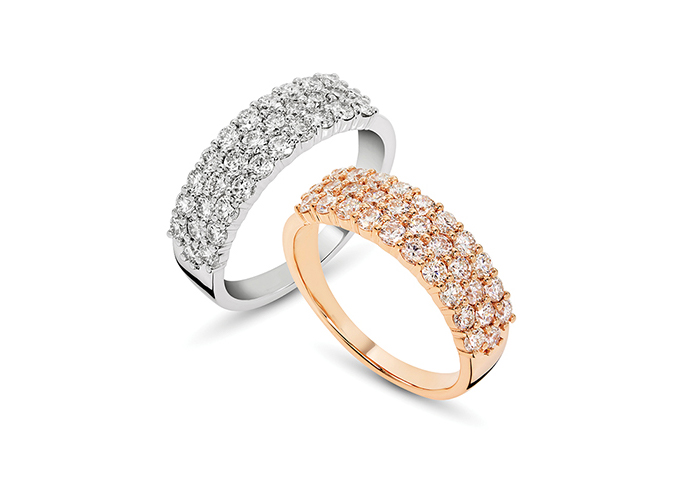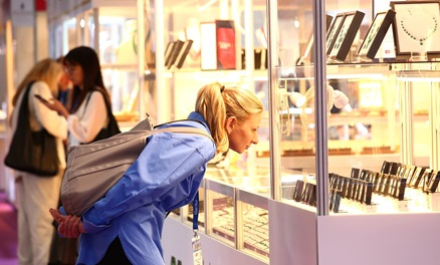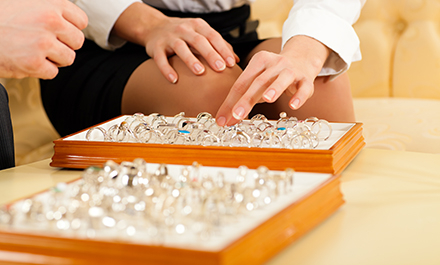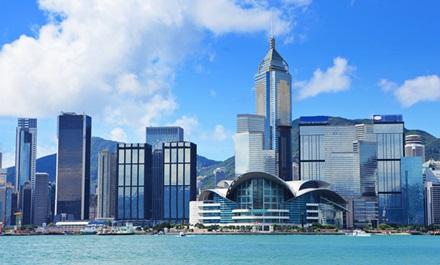More than a year into a pandemic that changed the world and the way business is done, industry stakeholders take a hard look at the high-end jewellery sector and its resilient nature. Here are the post-lockdown changes that are reshaping the luxury jewellery landscape.
Why do we buy luxury items? The answer is as simple as it can get: Enjoyment. And this inherent quest for bliss is made even more pronounced by the coronavirus pandemic, which has altered and impeded life as we know it.
In the face of lockdowns and travel restrictions, consumers’ pent-up demand and redirected vacation funds have supported sales of high-end jewellery as world markets gradually reopen. According to the World Gold Council, demand for gold jewellery was up 60 per cent year on year in the second quarter of 2021 on the back of global economic recovery and improved consumption sentiment.
At international auction houses, exceptional, premium-quality gems and jewellery continued to find favour among collectors and traders – a glittering indication that appetite for luxury items remains intact. Buyers are also becoming more accepting of digital platforms when purchasing big-ticket items.
Sustained improvements were likewise felt by fashion conglomerates who reported strong rebound in quarterly jewellery sales. Luxury jewellers such as Bulgari, Tiffany, Cartier and Van Cleef & Arpels, among others, saw solid growth in key markets, especially China.
In a separate study, US business consulting firm McKinsey & Co said the fine jewellery market, worth US$280 billion in 2019, is poised to grow by 3 per cent to 4 per cent to US$340 billion to US$360 billion from 2019 to 2025 backed by online sales, the rise of branded jewellery as well as sustainability-led demand.
While consumers purchase jewellery for many reasons, there is a higher level of satisfaction in owning a piece of luxury jewellery. According to a study by Platinum Guild International (PGI), luxury jewellery symbolises distinguished quality and heritage carried by prestigious brands. “Whether for gifting or self-purchasing, luxury jewellery usually displays excellent craftsmanship and is associated with celebration of milestones, special occasions and important relationships,” noted PGI.
Prospects in Asia
Demand for luxury jewellery remains robust in Asia, according to Wenhao Yu, deputy chairman for Jewellery at Sotheby's Asia. In fact, Asian buyers accounted for 50 per cent of the auctioneer’s total jewellery sales in 2020, with six out of the 10 most valuable lots being snapped up by an Asian client.
One of the key takeaways from recent auctions is the market’s relentless desire for top-quality white diamonds as evidenced by the sale in July of a 101.38-carat pear-shaped D-colour flawless diamond for HK$95.1 million (around US$12.3 million) to an anonymous private collector at Sotheby’s Hong Kong.
Fancy colour diamonds were also fast movers at auctions. In May this year, Christie’s broke records when it sold the 15.81-carat Sakura purple-pink flawless diamond for HK$226.3 million or US$29.3 million.
Design likewise plays a crucial role in attracting buyers’ attention. According to Yu, iconic pieces with exceptional designs – period, contemporary or signed – are highly sought after by Asian collectors. International buyers meanwhile have become more knowledgeable about jadeite jewellery.
“The strong results of our jewellery sales demonstrate the resilience of the top-end jewellery market. Collectors’ taste remains selective and is increasingly discerning, with eyes on rare, investment-grade jewellery, from diamonds, gemstones to jadeites,” remarked Yu.
Shiu-Fung Chiang, vice president and senior specialist of Christie’s Asia Pacific Jewellery Department, supported this sentiment. The pandemic may have initially affected consumption but with funds to spend and nowhere to travel, buyers diverted their attention to purchasing luxury goods.
Apart from rare gems, daily-wear items valued at roughly below HK$500,000 (around US$64,200) were also moving, alongside special pieces such as artistic jewellery by renowned designer Wallace Chan.
Valerie Messika, founder of jewellery brand Messika, meanwhile highlighted the importance of experiential retail by adding personalised elements to the customer’s journey. She also revealed that higher-value products have become more appealing to buyers during the pandemic.
The company is setting its sights on Asia as a promising market for luxury jewellery, with plans to open more stores throughout 2021 and 2022. It currently has five stores in Greater China and two stores in Japan.
Digital transformation
Chiang of Christie’s pointed to structural changes in the industry brought about by prolonged lockdowns, the most prominent of which is the rise of digital selling platforms. Live auctions still take precedence in the industry though.
The auction house saw unprecedented client participation in online sales from over 150 countries during the first half of 2020. Its Jewels Online sales in particular achieved sell-through rates ranging from 89 per cent to 99 per cent, with overall sales doubling from pre-sale estimates.
“The new scenario has enabled us to fully embrace the digital realm, making it a ‘new normal’ within our business in current times,” remarked Chiang. “Our business can remain functional and creative while operating remotely.”
Buyers have also become more accustomed to bidding online, revealed Nicola Whittaker, business development manager at UK-based Fellows Auctioneers.
Fellows Auctioneers allows in-person bidding and via phone or its own online platform for most of its auctions. But by shifting majority of its sales to online-only timed auctions, customers can view and place bids virtually, shared the company official.
Digital auctions are likely to stay since these provide a user-friendly and efficient avenue to buy jewellery anytime, anywhere. Fellows Auctioneers also offers free international postage. “We are putting ourselves in line with the e-commerce experience our customers enjoy with other luxury brands. Online condition reports and catalogues are so detailed now that the online trend is very likely to continue,” remarked Whittaker.
Yu of Sotheby’s also cited the pivotal role that digitalisation played in Sotheby’s jewellery business last year. The company generated US$69 million from more than 47 online sales in 2020 – an almost eight-fold increase in value from 2019.
Interestingly, 90 per cent of jewellery lots sold in 2020 were snapped up by online buyers. In May this year, Sotheby’s set a record price for any jewel sold online when a 50.03-carat diamond achieved US$2.7 million.
Huw Daniel, CEO at PGI, said consumers in the US, China and India intend to increase their online jewellery purchases during Covid-19 compared to pre-crisis periods. More and more brands, for their part, are using digital channels and social media platforms to promote and sell goods.
Face-to-face transactions however continue to be a vital element of the retail narrative. Buyers still prefer to make luxury purchases in physical stores where they can experience the jewellery in person. “An integrated omnichannel strategy is needed to best target and engage consumers to improve sales conversion by addressing multiple touchpoints,” added Daniel.
Covid-related challenges can also be viewed as a watershed moment for the jewellery sector since these further reinforced the need to incorporate an e-commerce component to the business.
Pascal Martin, a partner at OC&C Strategy Consultants, said jewellery trails behind other luxury categories such as beauty or ready-to-wear when it comes to digital penetration. As such, the business suffered tremendously during the initial lockdown.
“Coming out of Covid and as restrictions eased, people can again go back to physical stores. At the same time though, brands have become conscious that it is no longer possible to operate without a digital presence,” noted Martin. “We are going to see a wave of jewellery businesses getting into e-commerce.”
LVMH brand Bulgari for instance recently partnered with e-commerce firm JD.com to further boost its digital foothold in China.
Omnichannel interactions that effectively combine more personalised offline and online experiences could bode well for jewellery industry players, added Martin.
Beauty and brilliance
Amid market uncertainties, demand for bridal and engagement jewellery and fancy colour diamonds such as pinks, blues and yellows remained strong, according to Ephraim Zion, founder of House of Dehres.
In 2021, Dehres sold a 10-carat D-colour flawless diamond alongside other big-ticket items priced between US$200,000 and US$500,000.
“After a year of lockdowns, the appetite for jewellery has returned and even surpassed pre-Covid times in some cases,” shared Zion. “These pieces are bought to celebrate special moments in life. Luxury jewellery specifically is also associated with capital preservation and financial security.”
Eliad Cohen, managing director for Asia of Novel Collection Ltd, also underscored the market’s enduring desire for diamonds and precious jewellery despite a challenging scenario. He explained that jewellers are increasingly targeting the bridal segment for online sales, but the high-end jewellery category will likely remain in the domain of physical stores.
Buyers are becoming increasingly partial to jewellery that combines high value and emotional meaning, hence the need for branded collections, revealed PGI’s Daniel. With consumers attaching more importance to relationships and life occasions, PGI anticipates an increase in average spending on gifting jewellery across four major markets – US, China, Japan and India.
Citing results of the Q2 2021 PGI survey, he said consumer sentiment for non-bridal jewellery remains positive, with more than 60 per cent of consumers in China, India and the US having bought non-bridal jewellery for themselves within the past 12 months.
Within the non-bridal category, self-purchase is driven by women aged 18 to 45 while gifting is driven by men aged 31 to 45.
Growth drivers
Moving forward, Yu of Sotheby’s said he expects premium-quality white diamonds to perform strongly during auctions. Buyers will also increasingly gravitate towards personal luxury experiences where companies can build emotional connections with them. Curated events combining fine art and jewellery is also an emerging trend.
Markets that will fuel demand for luxury jewellery are the US, Asia and the Middle East, he added. Dehres’ Zion meanwhile pointed to China, South Korea, Taiwan and Indonesia as main growth drivers.
Fellows Auctioneers’ Whittaker is seeing more and more first-time participants at online auctions every month. “We are focusing on education to try and demystify the auction process to those who may not have thought about purchasing before. We are continuing to see new registrants. Luxury jewellery is always a strong market that has proven adaptable to a more virtual marketplace,” she noted.
PGI likewise maintains an upbeat outlook for luxury jewellery as more affluent customers continue to make high-end purchases. Consumers’ increased appreciation for life and significant relationships is making them choose higher-quality, big-ticket jewellery items.
Non-bridal jewellery is also poised for further growth. PGI’s Q2 2021 survey showed that over 70 per cent of consumers in China and India, and more than 60 per cent of those in the US are planning to buy non-bridal jewellery for themselves in the next 12 months.
Martin of OC&C Strategy Consultants meanwhile underscored the role of China’s domestic market in the luxury jewellery category. With Chinese tourists unable to travel, discretionary funds are rechannelled to luxury purchases locally.
“We will see a continued boom in luxury sales within China, specifically in Hainan, which is growing very fast. This will include luxury jewellery,” he noted.





